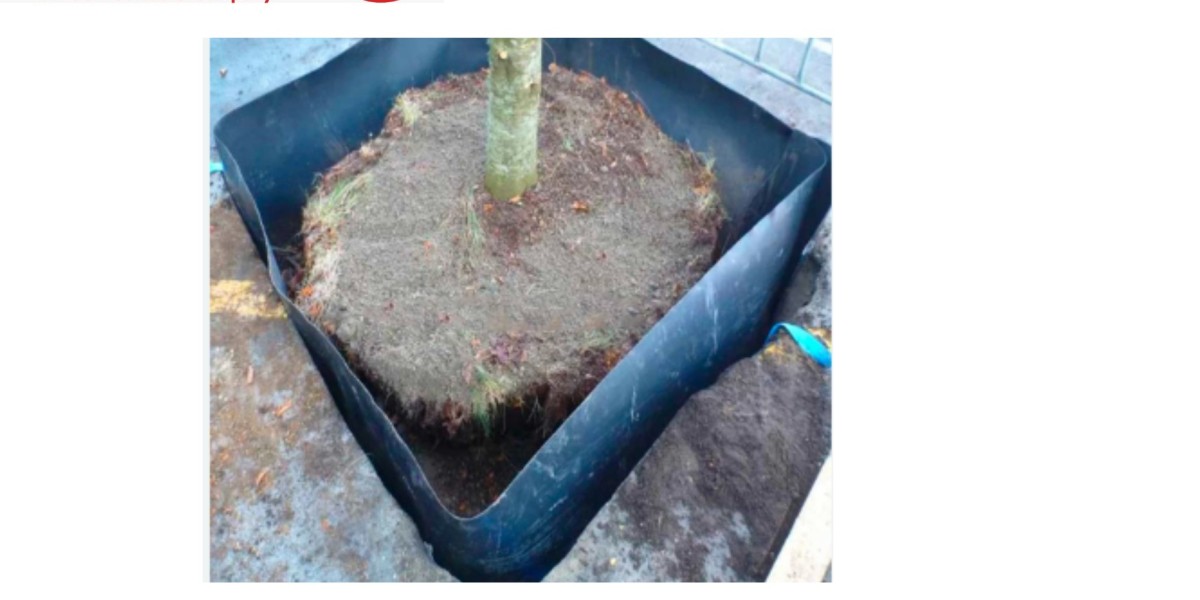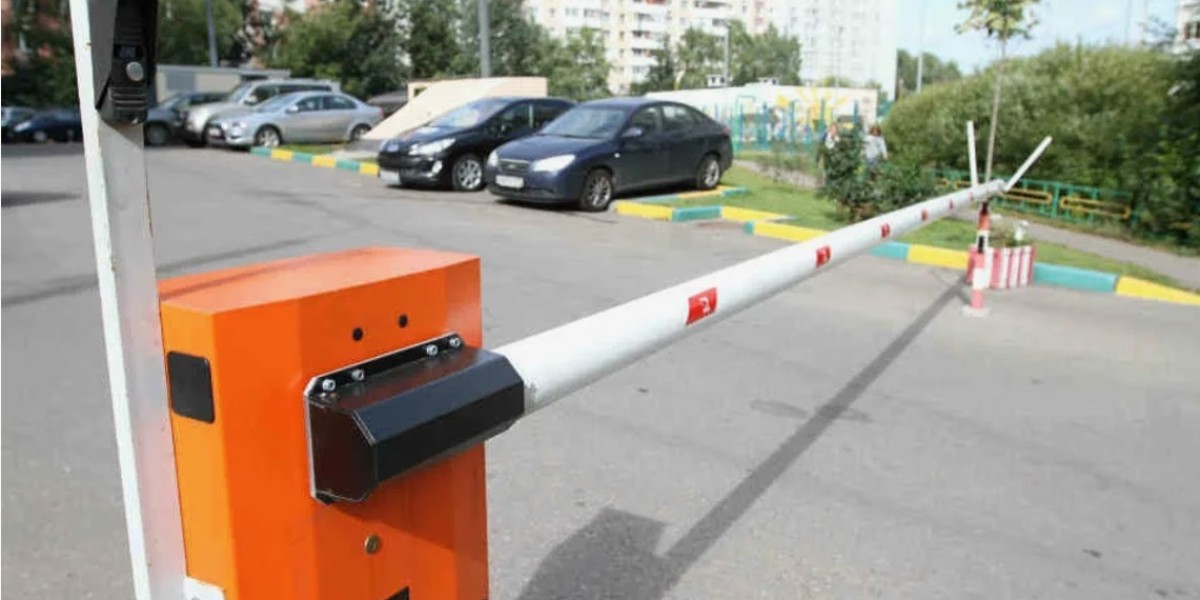As urban landscapes continue to evolve, the need for effective solutions to manage plant root systems has become increasingly vital. One such solution is the HDPE root barrier. This innovative product plays a crucial role in preventing invasive roots from damaging pavements, foundations, and other structures while promoting healthy plant growth. Whether you are a landscape designer, contractor, or homeowner, understanding the benefits of HDPE root barriers, the installation process, and pricing can help you make informed decisions for your landscaping projects.
What is an HDPE Root Barrier?
An HDPE root barrier is a specially designed barrier made from high-density polyethylene (HDPE), which is known for its strength, durability, and flexibility. These barriers are installed underground to direct root growth in a controlled manner, preventing roots from encroaching on structures, sidewalks, or other landscaped areas. The primary purpose of these barriers is to protect infrastructure from root damage while still allowing trees and shrubs to thrive.
Benefits of Using HDPE Root Barriers
Protection of Infrastructure
One of the most significant advantages of installing HDPE root barriers is their ability to protect infrastructure. Tree roots can exert immense pressure as they grow, causing pavement cracks, foundation damage, and disruption of utilities. By using root barriers, property owners can prevent costly repairs and maintain the integrity of their structures.Promotes Healthy Plant Growth
While root barriers are designed to control root spread, they also support healthy plant growth by providing an optimal environment for roots to develop. The flexible nature of HDPE allows for proper aeration and drainage, ensuring that plants receive the necessary nutrients and water.Durability and Longevity
HDPE is highly resistant to environmental stressors, making it an ideal material for root barriers. Unlike traditional materials that can degrade over time, HDPE root barriers can withstand harsh weather conditions and soil chemistry, providing long-lasting performance for decades.Cost-Effective Solution
By preventing root-related damage to infrastructure, HDPE root barriers can save property owners significant money in repair costs. The initial investment in a root barrier can lead to substantial savings in the long run, making it a cost-effective solution for landscape management.Ease of Installation
HDPE root barrier installation is relatively straightforward, especially for professionals familiar with landscaping and construction techniques. The lightweight nature of HDPE makes it easy to handle and position, allowing for efficient installation in various settings.
HDPE Root Barrier Installation Process
Installing an HDPE root barrier installation involves several key steps that ensure its effectiveness and longevity:
Site Assessment
Before installation, conduct a thorough assessment of the site. Identify the locations of existing structures, utilities, and plants. This information will help determine the appropriate size and depth of the root barrier.Excavation
Dig a trench around the area where the root barrier will be installed. The depth and width of the trench will depend on the specific requirements of the project and the size of the root barrier being used.Preparation of the Barrier
Cut the HDPE root barrier to the desired length. Ensure that the barrier is tall enough to prevent roots from growing over the top. The standard height for root barriers ranges from 24 to 48 inches, but customization is available from most suppliers.Installation of the Barrier
Place the HDPE root barrier vertically in the trench, ensuring it is firmly positioned. Backfill the trench with soil, compacting it as you go to eliminate any air pockets. It’s important to ensure that the barrier is securely installed to prevent any shifting.Post-Installation Care
After installation, monitor the area for signs of root growth. Proper maintenance is essential to ensure the barrier functions effectively over time. Regular inspections can help identify any potential issues early on.
Where to Find an HDPE Root Barrier Supplier
Finding a reliable HDPE root barrier supplier is crucial for obtaining quality materials. Many suppliers specialize in landscaping products, offering a wide range of root barriers suited for various applications. Here are some tips for finding the right supplier:
- Research: Look for suppliers with good reviews and a solid reputation in the industry. Online platforms, such as landscaping forums and social media, can provide valuable insights.
- Quality Assurance: Choose suppliers that offer high-quality HDPE products, ensuring durability and effectiveness.
- Customer Support: A good supplier should provide excellent customer service, including technical support for installation and maintenance.
- Pricing: Compare prices among different suppliers to ensure you’re getting a fair deal. Keep in mind that the cheapest option may not always be the best in terms of quality.
Understanding HDPE Root Barrier Price
The HDPE root barrier price can vary based on several factors, including the thickness of the barrier, the height, and the supplier. Generally, prices can range from $0.50 to $2.50 per linear foot, depending on the specifications. Customization, such as special sizes or features, may also influence the cost.
Conclusion
In conclusion, the HDPE root barrier is an essential tool for managing plant roots in urban landscapes. Its ability to protect infrastructure while promoting healthy growth makes it an invaluable asset for homeowners, landscapers, and contractors alike. By understanding the installation process and pricing, you can make informed decisions that benefit your landscaping projects. Whether you are looking to install a new landscape feature or protect existing structures, HDPE root barriers offer a reliable solution to root management.
Here Are Three Related For HDPE root barrier supplier
Q1: How long do HDPE root barriers last?
Ans. HDPE root barriers can last for 30 years or more when installed correctly, providing long-term protection against root damage.
Q2: Can I install an HDPE root barrier myself?
Ans. Yes, many homeowners and landscapers can install HDPE root barriers themselves, but it’s essential to follow proper installation techniques for optimal results.
Q3: Are HDPE root barriers safe for the environment?
Ans. Yes, HDPE is a recyclable and environmentally friendly material, making it safe for use in landscaping and garden applications.










